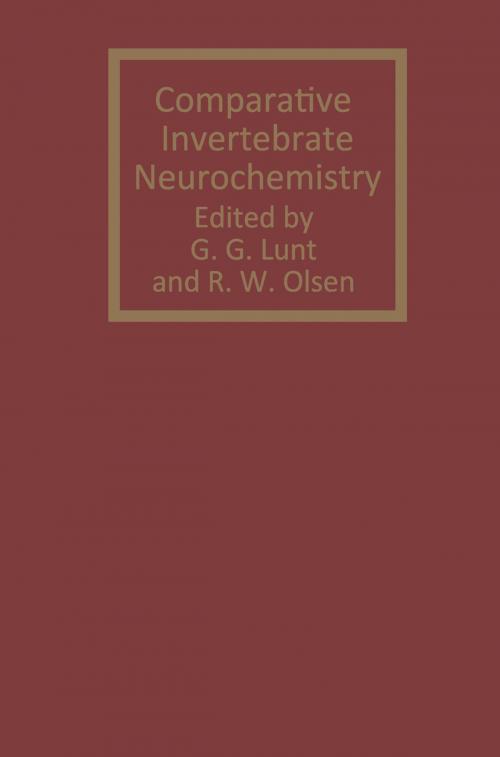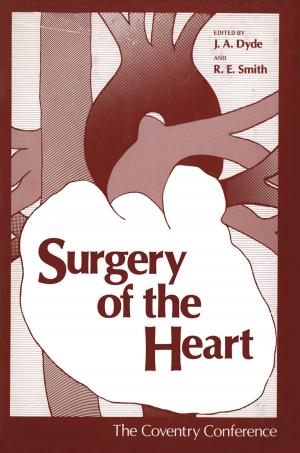Comparative Invertebrate Neurochemistry
Nonfiction, Health & Well Being, Medical, Specialties, Internal Medicine, Neuroscience, Science & Nature, Science| Author: | G. G. Lunt, R. W. Olsen | ISBN: | 9781461598046 |
| Publisher: | Springer US | Publication: | December 6, 2012 |
| Imprint: | Springer | Language: | English |
| Author: | G. G. Lunt, R. W. Olsen |
| ISBN: | 9781461598046 |
| Publisher: | Springer US |
| Publication: | December 6, 2012 |
| Imprint: | Springer |
| Language: | English |
The attractions of invertebrate nervous systems have long been appreciated by neurophysiologists. Indeed some of the milestones in our understanding of nervous systems have their foundations in experiments done on invertebrate preparations, typified by the role of the squid axon in dissect ing the events that constitute the action potential. More recently we have seen how the relatively simple nervous system of Aplysia has permitted new insights into the molecular mechanisms of memory and learning. Neurochemists, however, have not been enthusiastic about invertebrate tissues as their experimental material. Much of the biochemical information on invertebrate nervous systems that has accrued has been incidental, almost as a by-product of what were primarily physiological investigations. Fortunately the field is changing, and research groups are making a positive choice to turn to invertebrate tissues. Two important factors have contributed to this. First, the study of analogous systems in invertebrates and vertebrates can tell us much about the evolution of nervous systems. The application of the techniques of molecular genetics to the study of such molecules as receptors and ion channels can provide detailed information about their composition that, in turn, allows us to better understand their function. By extending such studies to the invertebrates we should be able to understand how such systems have developed. Secondly, invertehrate pests are responsible for enormous losses of agricultural crops and are major vectors of disease in man.
The attractions of invertebrate nervous systems have long been appreciated by neurophysiologists. Indeed some of the milestones in our understanding of nervous systems have their foundations in experiments done on invertebrate preparations, typified by the role of the squid axon in dissect ing the events that constitute the action potential. More recently we have seen how the relatively simple nervous system of Aplysia has permitted new insights into the molecular mechanisms of memory and learning. Neurochemists, however, have not been enthusiastic about invertebrate tissues as their experimental material. Much of the biochemical information on invertebrate nervous systems that has accrued has been incidental, almost as a by-product of what were primarily physiological investigations. Fortunately the field is changing, and research groups are making a positive choice to turn to invertebrate tissues. Two important factors have contributed to this. First, the study of analogous systems in invertebrates and vertebrates can tell us much about the evolution of nervous systems. The application of the techniques of molecular genetics to the study of such molecules as receptors and ion channels can provide detailed information about their composition that, in turn, allows us to better understand their function. By extending such studies to the invertebrates we should be able to understand how such systems have developed. Secondly, invertehrate pests are responsible for enormous losses of agricultural crops and are major vectors of disease in man.















